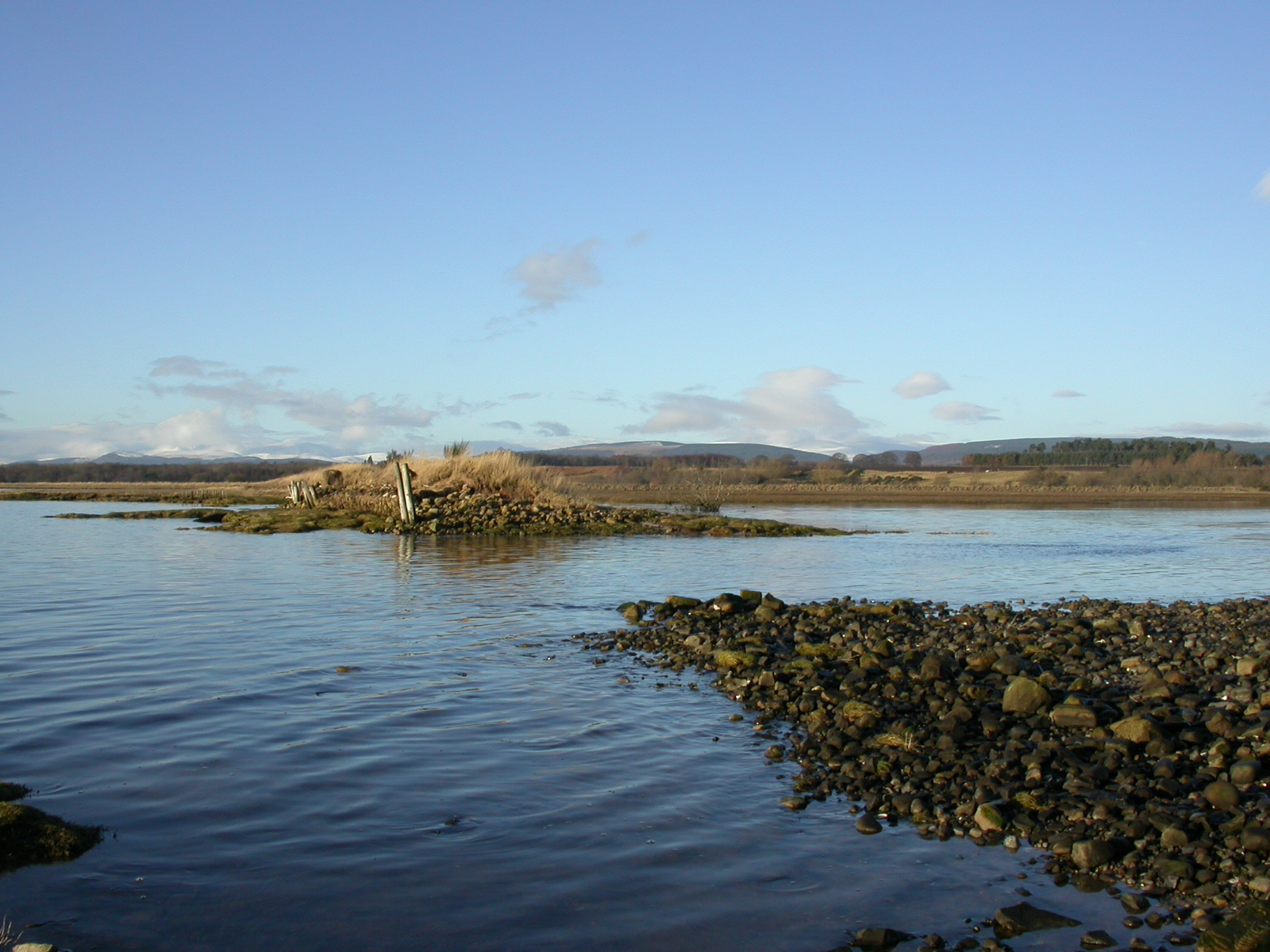Establishment of a co-management structure
Capacity development for local stakeholders
GIZ/ICCAS
To build institutional capacity and support implementation and future replication on national level, a co-management structure was established: the Northern Telescope Mangrove Management Board (NTMMB). This ensures that the community joins hands with government officials to manage the project, and also helps to enforce mangrove protection policies in Telescope.
Community ownership of the project is ensured, while the highly-constrained government staff resources are supplemented, thereby supporting long term protection of the mangroves.
NTMMB is comprised of five members from the local community and one member from the St. Andrew Development Organisation (SADO), as well as members from the Ministry of Tourism and Culture and three Divisions of the MoALFF (Agriculture, Lands, Forestry, and Fisheries), and the Environment division of the Ministry of Education, Human Resource Development, and the Environment. Monthly board meetings are held.
The community members of the NTMMB have received training regarding establishing and operation of a community based organization. Since Co-Management means a joint board with government and authorities, also technical capacity building was important, including on mangrove planting, management and monitoring.
Well established entities are needed for the development of a co-management component. There ought to be clear guidelines, set beforehand, which speak directly to what would be expected of the entities involved in the co-management process. These guidelines should indicate which parties are responsible for certain areas regarding the management of the area, public relations to monitoring to leveraging funds. Given that the community representatives are interacting with the area more frequently than the government representatives, there should be a regular reporting mechanism. This would provide an effective communication channel through which all parties are aware of actions regarding the project area.
In the event that there are no existing bodies for the establishment of a co-management structure, capacity development efforts need to be explored for the potential creation of the required entities.
